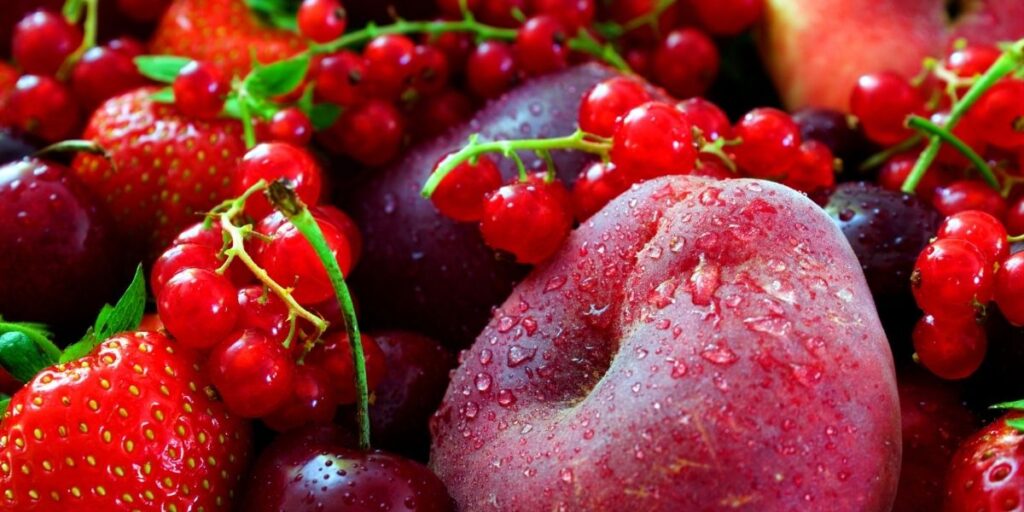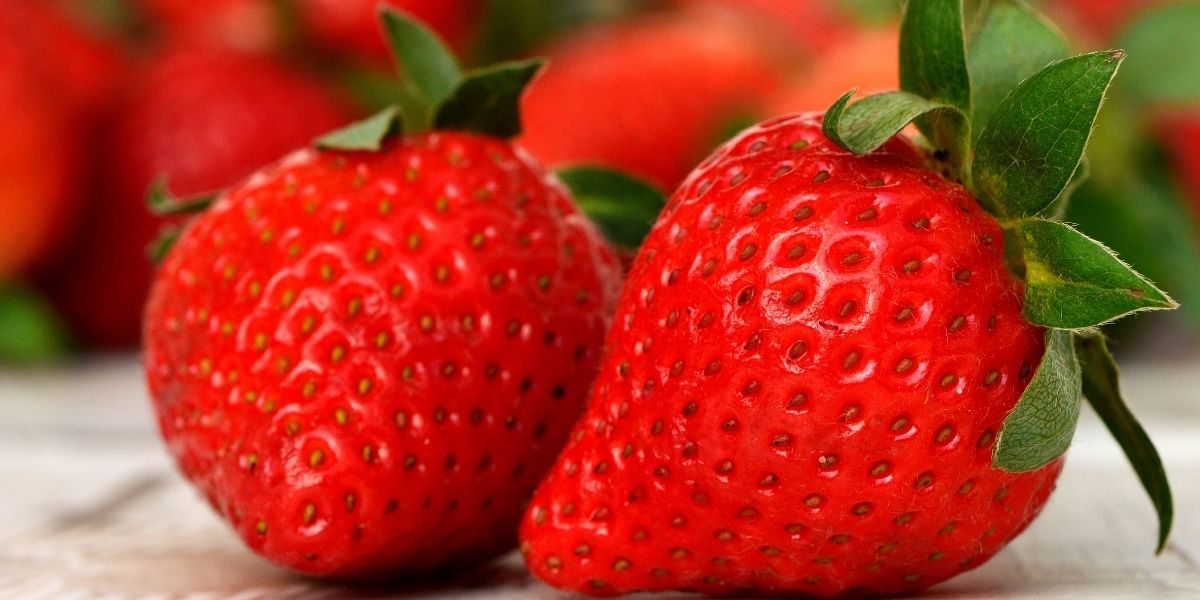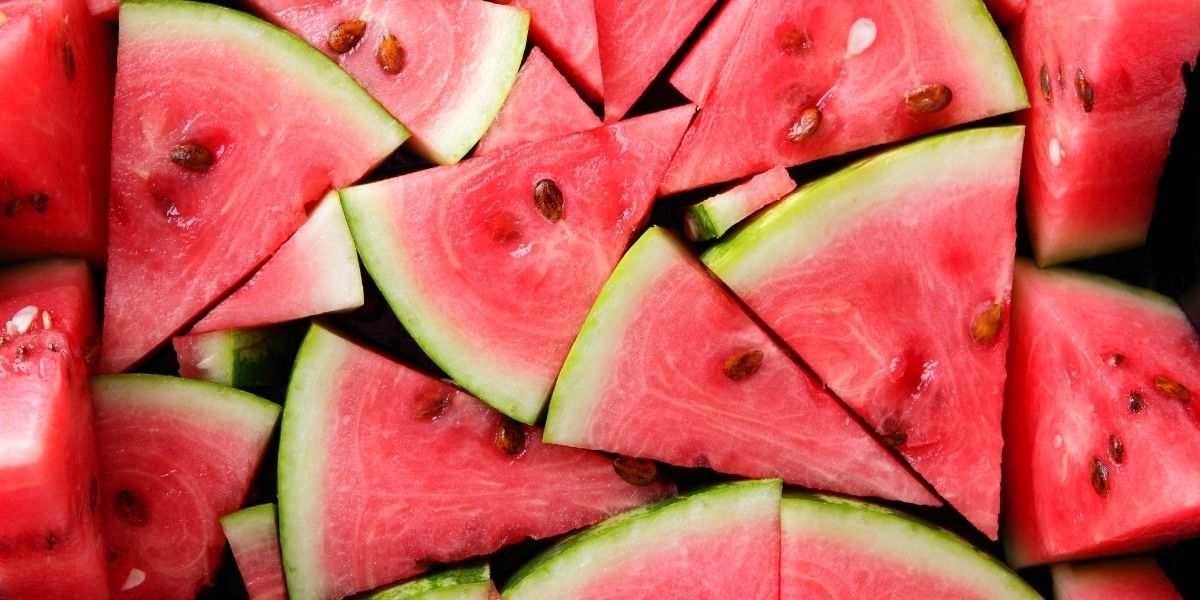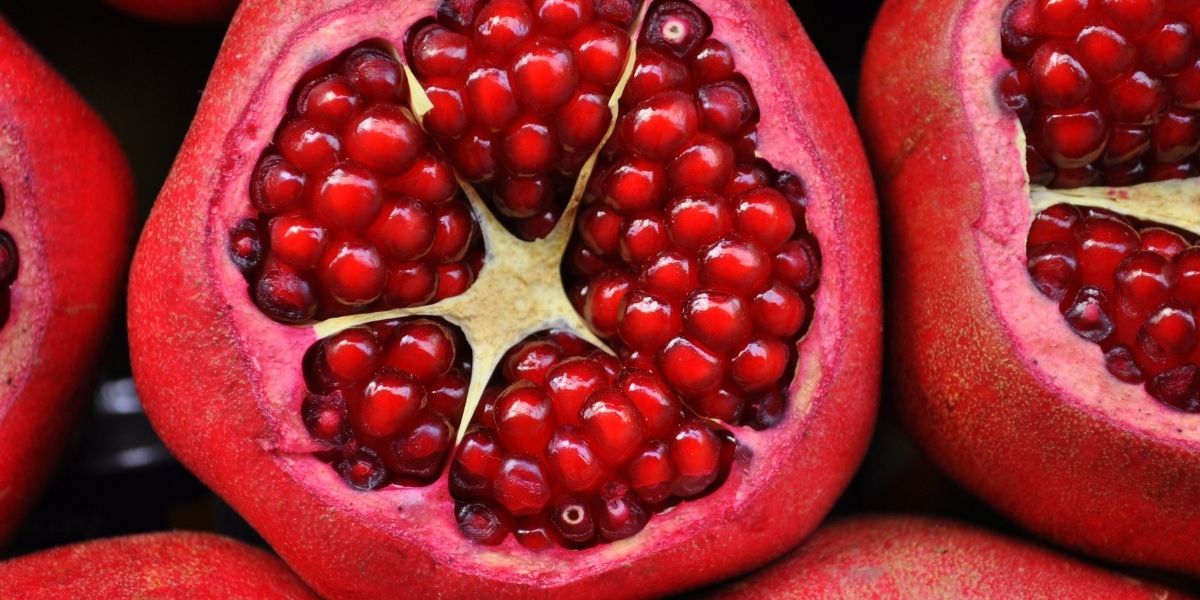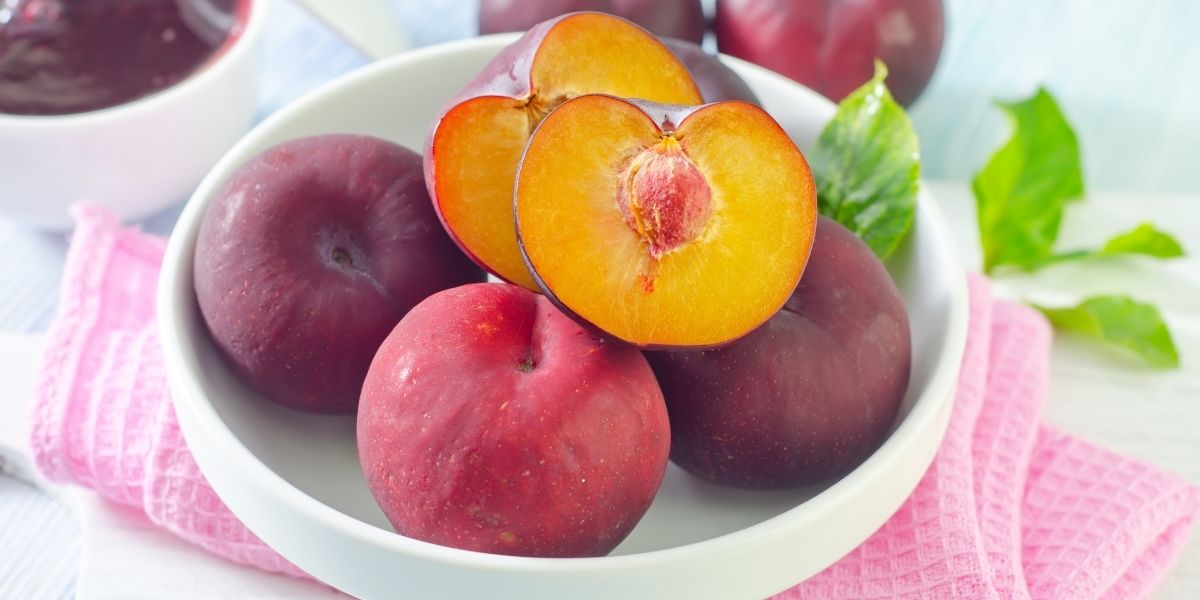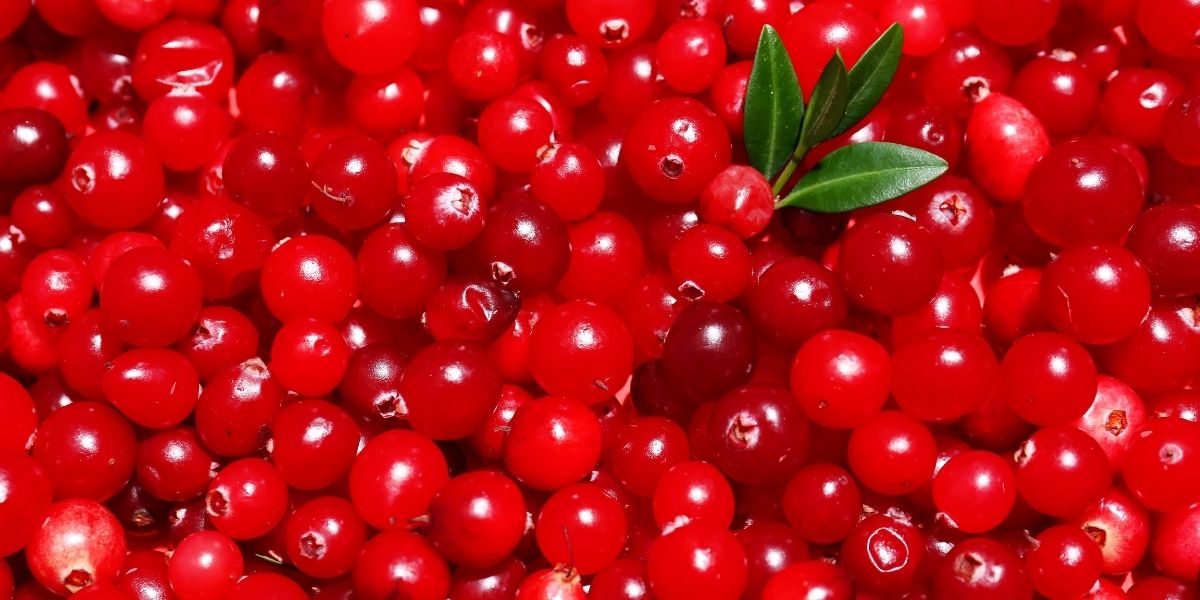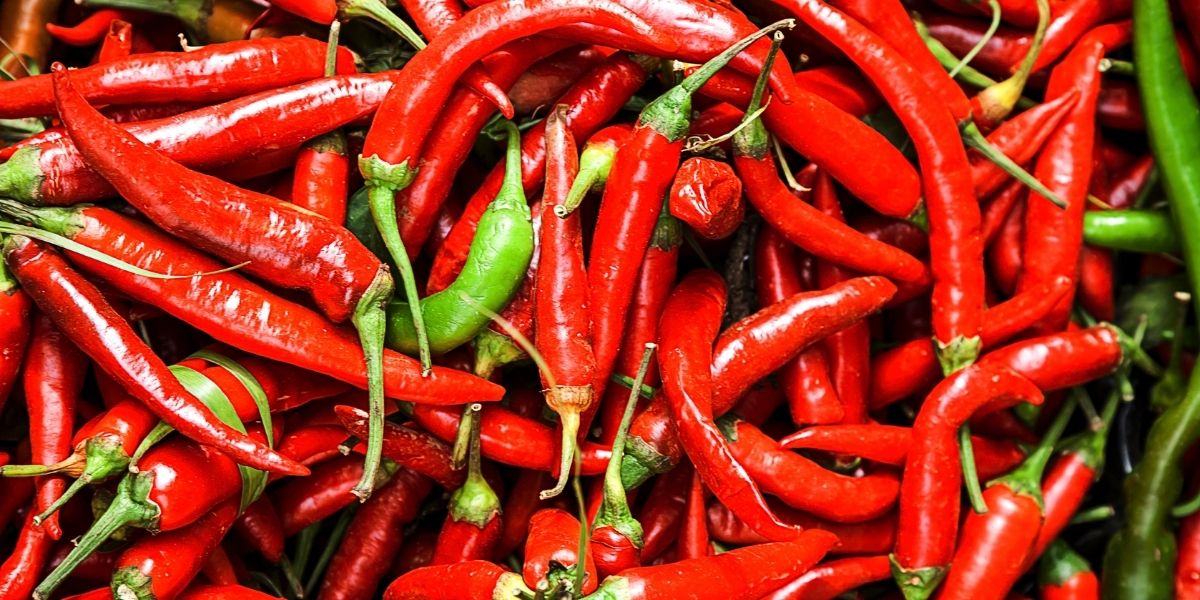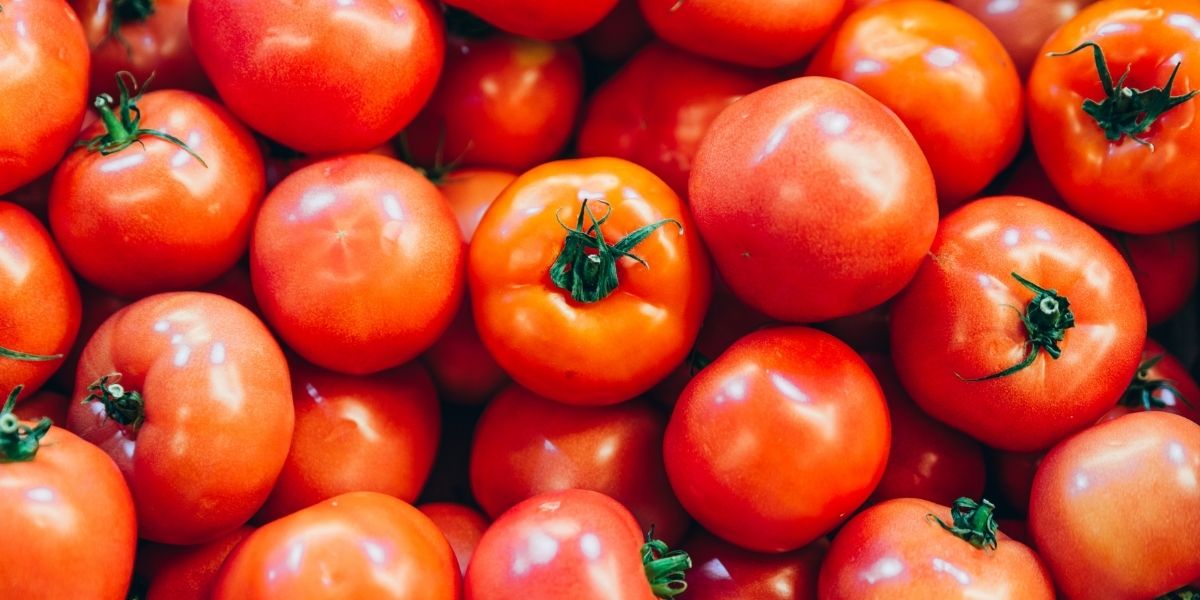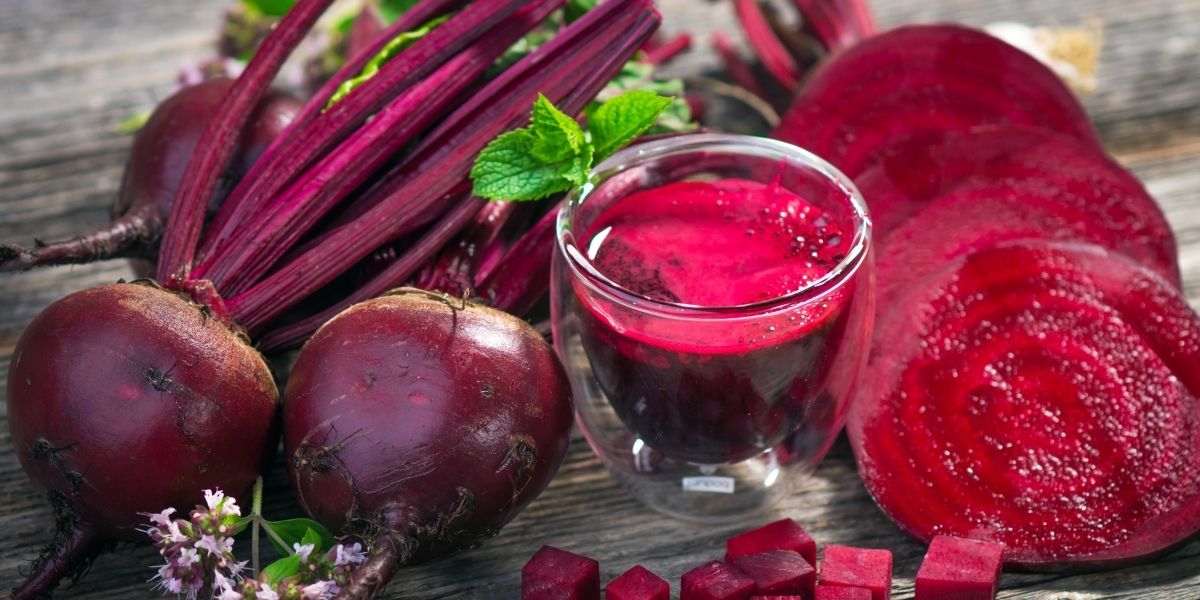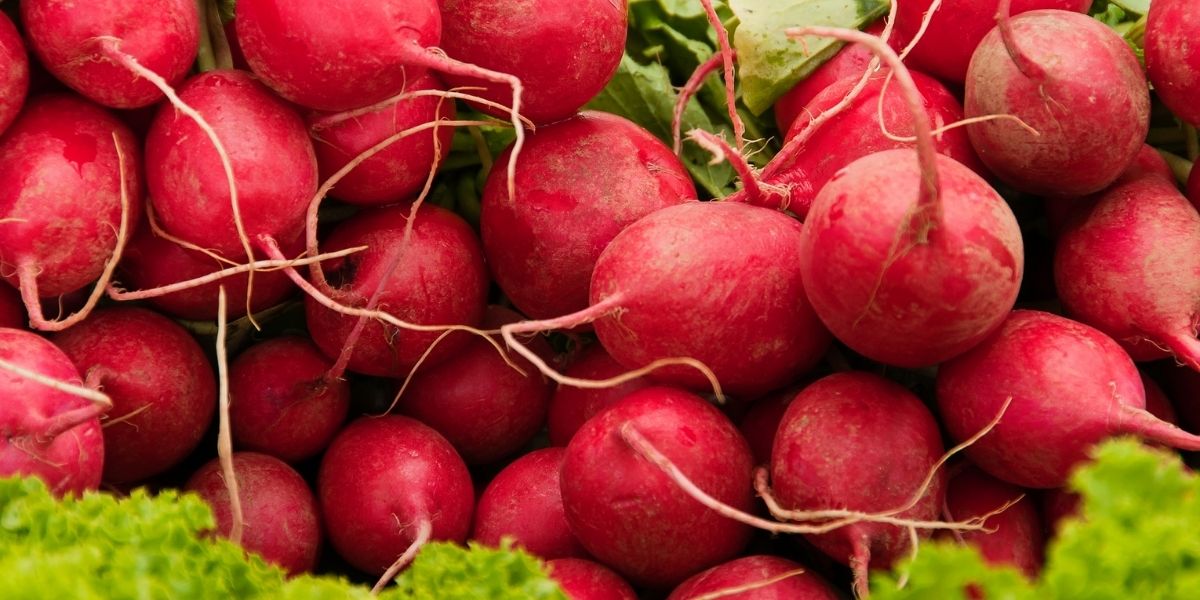We should all endeavor to eat a rainbow of fruits and veggies on our plates. In this article, we’ll be focusing and discussing in detail red fruits and vegetables, their physical appearance, size, health benefits, and many more things.
Red fruits and vegetables include watermelon, strawberries, cherries, raspberries, and apples, as well as red vegetables such as tomatoes, red peppers, red onions, and red cabbage. Nature has provided us with these vibrant and appetizing foods. They have numerous health benefits of red fruits and vegetables due to the presence of nutrients such as lycopene, ellagic acid, quercetin, hesperidin, fiber, vitamin A, and vitamin C.
Our hearts are protected by red fruits and red vegetables. Antioxidants included in the red fruits and vegetables lower the risk of atherosclerosis, hypertension, and high cholesterol. Nutrient-dense fruits and vegetables safeguard our bodies from these and other ailments.
Benefits of Red Fruits and Vegetables
Following are the benefits of red fruits and vegetables mentioned below that you can get by consuming them:-
- Prostate, cervical, and lung cancer are all preventable cancers.
- Tumor development is being slowed.
- Defending the body against the damaging effects of free radicals.
- Defending the body from cardiac disease.
- Blood pressure reduction.
- LDL cholesterol, or “bad” cholesterol in the body, is being reduced by the regular consumption of red fruits and red vegetables.
- Arthritis sufferers will benefit from the support of joint tissue because of the phytonutrients present in red fruits and red vegetables.
- Maintaining one’s regularity via promoting gut health.
List of Red Fruits
Here are some red fruits list which can add extra health benefits to your body’s health:-
1. Red Apple
Apple trees are the most extensively grown species in the Malus genus and are grown all over the world. The fruit is consumed when ripe, uncooked, cooked, or dried, and has a distinctive stocky shape that is often spherical. Its juice can be consumed raw or pasteurized.
Cider is made when apple juice is fermented and it is very good for weight loss. Red Delicious, Golden Delicious, McIntosh, Red Granny Smith, Rome Beauty, Fuji, Jonathan, York, Gala, Idared, Pink Lady, and Yellow Newton are the most prevalent red apple cultivars.
Fiber and vitamin C are abundant in red apples. They also include antioxidants and polyphenols, which contribute to the fruit’s many health advantages.
Read More:
1. Start Fruit
7. Benefits of Jackfruit Seeds
2. Strawberries
Strawberries used to be accessible exclusively in the summer, and we had to wait all year for them. We consume them all year long now, having flown hundreds of miles and grown them in high tunnels in countries on the other side of the globe.
They’re not as tasty as they used to be when they were ripening in season, but they’re still tasty.
What are the health benefits of strawberries? Here we go, Strawberries are abundant in vitamins, fiber, antioxidants, potassium, and manganese. They have a low-calorie count and are salt, fat, and cholesterol-free.
3. Watermelon
Watermelon is a summertime favorite with various health advantages, including lowering blood pressure. Several individuals consume watermelon to lose weight since it contains many additional vitamins such as phosphorus, magnesium, copper, calcium, iron, and manganese. It has an unmistakable mild flavor that goes well with savory cuisine.
4. Pomegranate
The pomegranate, a staple of Middle Eastern cuisine, is having a moment. The juicy seeds work well with almost anything, but they’re especially tasty in salads and cold foods.
Pomegranates are high in antioxidants and flavonoids, which are proven to protect your cells from free radical damage. Pomegranates have been shown in several studies to have the potential to prevent prostate, breast, lung, and colon cancers.
Pomegranates also contain 7 grams of fiber, 3 grams of protein, and 30% of the necessary daily vitamin C intake in 100 grams. Just don’t overeat as the white part inside a granule of a pomegranate can sometimes lead to toxicity.
5. Raspberries
Raspberries are a deliciously tart summer fruit with a beaded texture, and they’re ideal for a summer pudding. Raspberries are high in antioxidants including Vitamin C, quercetin, gallic and ellagic acid, and are a rich source of these nutrients.
They have anti-cancer characteristics and are great for keeping your heart healthy. They include potassium, which is necessary for heart function and has been shown to decrease blood pressure.
Raspberries bloom in broad light, but unlike many other fruits, they may also grow in a somewhat shaded location. The more sun there is, the more fruit there is. Rich, well-drained soil, good air circulation, and wind protection are all requirements for the planting site.
6. Cranberries
Cranberries are considered super-food by many because of their high nutritional and antioxidant content. Cranberries’ nutrients have been associated with a lower incidence of urinary tract infection (UTI), the prevention of some types of cancer, enhanced immunological function, and lower blood pressure, according to studies.
They have a variety of health-promoting properties. Antioxidants are abundant in them. When ingested in moderation, cranberries and cranberry products are generally safe for most individuals.
Excessive consumption, on the other hand, can produce stomach discomfort and diarrhea, as well as raise the chance of kidney stones in those who are predisposed to them.
7. Red Grapes
Rhamnus crocea, a Northwest American shrub in the buckthorn family, may be referred to as Redberry or Red Berry. Little red spots on the end of a long stem are the red berries. They have a large pit for their size, and they are rather tart.
These little fruits are high in Anthocyanins, plant components that combat inflammation and cell damage, as well as being low in calories and fat. But don’t forget about the taste.
Berries are wonderful as a snack, in salads, on cereals, or for dessert since they are sweet, tangy, and aromatic.
To improve your health, include them in your everyday diet. Many red berries can be found growing wild across the country, but be sure you identify them correctly because certain red berries are dangerous. Consult a field guide or the internet for more information.
8. Prickly Pear
Any of numerous species of flat-stemmed spiny cacti in the genus Opuntia (family Cactaceae) and their edible fruits are known as prickly pear.
The prickly pear cactus (Opuntia ficus-indica) is a Mexican plant. In Mexican civilizations, the fruit and stems are often eaten and used as medicine. It is frequently planted as a forage crop and for the fruit and edible paddles in warmer climates.
The oil is made from hard seeds. The fruit of all real cactus is safe to consume. After removing the spines, several cactus types, such as prickly pear, cholla, and dragon fruit, can be eaten as vegetables and also as fruit.
9. Plum
A plum is the fruit of several Prunus subg. Prunus species. Mature plum fruits may have a glaucous look due to a dusty-white waxy coating.
Plums are a rare fruit in India because they do not grow well in the same conditions as apples. Punjab, Himachal Pradesh, Uttar Pradesh, and Jammu & Kashmir are the main producers of plums. In the south, plums are grown on a small scale in the Nilgiri highlands.
One plum contains 481 milligrams of vitamin C. It’s also high in potassium, vitamin E, and lutein, an antioxidant that may help with eye health.
Plums prevent hair loss by correcting adrenal exhaustion. It also boosts blood circulation and encourages hair development due to its high iron content. If you’re hungry, plums are a good choice to kill your craving healthily.
10. Lingonberry
The lingonberry is a type of plant. Medicine is made from leaves and berries. There is no good scientific evidence to support the use of lingonberry for urinary tract infections (UTIs), kidney stones, gout, and other disorders.
Lingonberry berries are used in jams, syrups, baked items, and juice, among other things. The berries are eaten raw or used to make sauce, juice, jam, wine, and baked items, and have a sour/tart/slightly sweet flavor.
Antioxidants, vitamins A and C, and magnesium are abundant in lingo berries. Lingonberry extracts have a variety of therapeutic applications, including as a component in cough syrups.
Lingonberry plants can be found in boreal woods and tundra regions all over the Northern Hemisphere. Northern Europeans and Scandinavians use this red fruit to make jelly and juice.
11. Red Pear
Red pears, commonly known as Red Anjous, ripen at room temperature like all pears. It may take several days for them to be ready to eat, depending on their state of ripeness when purchased.
The end outcome, on the other hand, is well worth the wait. When ripe, Red Anjous has a mild, sweet flavor, a very smooth texture, and a lot of juice. The flavor of a ripe Red Anjou pear is delicate and sweet, with undertones of lemon and lime.
There is a faint tanginess to the flavor, although it is not as strong as the overwhelming sweetness. It has a dense, somewhat gritty texture and is very juicy. Its flesh is normally white or creamy with a dense, slightly gritty texture.
Red pears are a high-fiber, high-vitamin, and high-beneficial-plant-compounds fruit. These nutrients are thought to help with inflammation, gut and cardiovascular health, illness prevention, and even fat loss.
Red Vegetables List
Now, we’ll discuss the various red vegetables list which are loaded with nutritional benefits. Tomatoes and bell peppers, for example, may assist to lower the risk of diabetes, osteoporosis, and high cholesterol.
Lycopene and anthocyanin give red veggies their color and nutritional boost. Lycopene is an antioxidant that has been demonstrated to lower the risk of heart disease, protect the eyes, fight infections, and protect the body from the harmful effects of tobacco smoke.
Red vegetables can be consumed in numerous ways Red veggies can be served as a salad with tomato wedges, crumbled feta, and crispy fried bacon served on a bed of spinach leaves. Sliced tomatoes can be spread on toast or served as a snack with crackers. You can create the salsa out of red vegetables, coarsely dice the red onions and tomatoes and combine them in a bowl. Sweet chili sauce adds a kick.
Here are some red vegetables list that can provide you with extra health benefits to improve your health status:-
1. Red Chili
Chili peppers, especially red chili peppers, are not for everyone. They create a burning feeling in some people, as well as stomach aches and diarrhea. Chili consumption has been linked to an elevated risk of cancer in several studies.
Vitamin C is abundant in this food. Vitamin C is abundant in red chilies, which aids in the immune system’s support and the prevention of chronic diseases. Red chili has extremely potent antioxidants that aid in the clearance of blockages in blood vessels and arteries.
2. Tomatoes
When we talk about red vegetables, tomatoes pop up first in our mind. Tomatoes are the edible berries of the Solanum Lycopersicum plant, also known as the tomato plant.
Tomatoes are high in the antioxidant lycopene. It gives them their vibrant red color while also helping to protect them from the sun’s UV assaults. It can also help protect your cells from injury in the same way. Potassium, vitamins B and E, and other minerals are also found in tomatoes.
3. Beetroot
Folate (vitamin B9) is abundant in beets, which aids cell growth and function. Folate is important for preventing blood vessel damage, which can lower the risk of heart disease and stroke. Beets are naturally high in nitrates, which the body converts to nitric oxide.
Beetroot consumption can be hazardous to those with low blood pressure; in fact, beetroot consumption decreases blood pressure even more. As a result, persons who suffer from low blood pressure should avoid beetroot in their diet.
Beetroot should not be included in the diet of people who have stone difficulties.
4. Rhubarb
Rhubarb is a reddish stalked vegetable with a tart taste. It’s usually boiled and sweetened in Europe and North America. Its roots are utilized medicinally throughout Asia.
Antioxidants abound in rhubarb, especially anthocyanins (red color pigment found in red fruits and red vegetables) and pro-anthocyanidins. Anti-bacterial, anti-inflammatory, and anti-cancer qualities of these antioxidants help protect you against a variety of health problems, including heart disease, cancer, and diabetes.
5. Red Radish
The root vegetable Red Radish belongs to the Brassica family. Antioxidants and minerals like calcium and potassium abound in radishes. These nutrients work together to lower blood pressure and lower your risk of heart disease. The radish is also high in natural nitrates, which help to increase blood flow.
6. Red Spinach
Red spinach, is a bicolored cultivar defined botanically as Spinacia oleracea. Red spinach can help with blood flow and contains iron, which can help with anemia.
Spinach, which is high in antioxidants, can help our bodies clear pollutants. It contains fibers that are necessary for the liver to operate properly. Spinach is high in beta carotene, which helps to relieve asthma symptoms.
The vivid colors of amaranth, also known as red spinach, Chinese spinach, or yin Choy (in Chinese).
7. Red Onion
Red onions are onion (Allium cepa) cultivars with purplish-red skin and purplish-red meat tinted with red. Because of their mild flavor, they’re best served raw in salads, salsas, and as a topping on burgers and sandwiches.
They can also be used in cooked foods, although the onion flavor isn’t as intense as when they’re raw.
According to the association, red onions are particularly high in quercetin. Yellow onions and scallions are also nice choices. The least quantity of quercetin and other antioxidants is found in white onions. Onions may also assist with some cancer therapy adverse effects.
8. Red Cabbage
Red cabbage is high in vitamin K and contains tiny levels of calcium, magnesium, and zinc, all of which are beneficial to bone health. Red cabbage is abundant in fiber, which helps you digest meals and maintain a healthy digestive tract.
Cabbage is high in vitamin K, vitamin C, and fiber, as well as vitamin B6 and folic acid. It is a cheap addition to the kidney diet because it’s low in potassium and low in cost. As coleslaw or a topping for fish tacos, raw red cabbage is a terrific addition to the dialysis diet.
9. Radicchio
Radicchio is commonly served raw, but it can also be grilled, sautéed, and prepared in a variety of ways. The flavor is often more mellow and less harsh when cooked. Radicchio leaves should be bright in color, free of browning, and firm when picked. Radicchio leaves aren’t the only part of the plant that may be eaten. You can also eat the roots by roasting them first and then crushing them.
Conclusion
Fruits and vegetables are an excellent source of many essential nutrients. Red fruits and vegetables, in particular, include nutrients that help to maintain normal blood pressure, limit tumor growth, lower bad cholesterol, lower the chance of prostate cancer in males, and prevent arthritis.
Most of the red fruits and red vegetables include manganese, a mineral that is important for bone and skin health as well as blood sugar regulation.
The nutrients which have been found in red fruits and red vegetable aid in the prevention of cancer, the treatment of chronic diseases, and the strengthening of the immune system.

